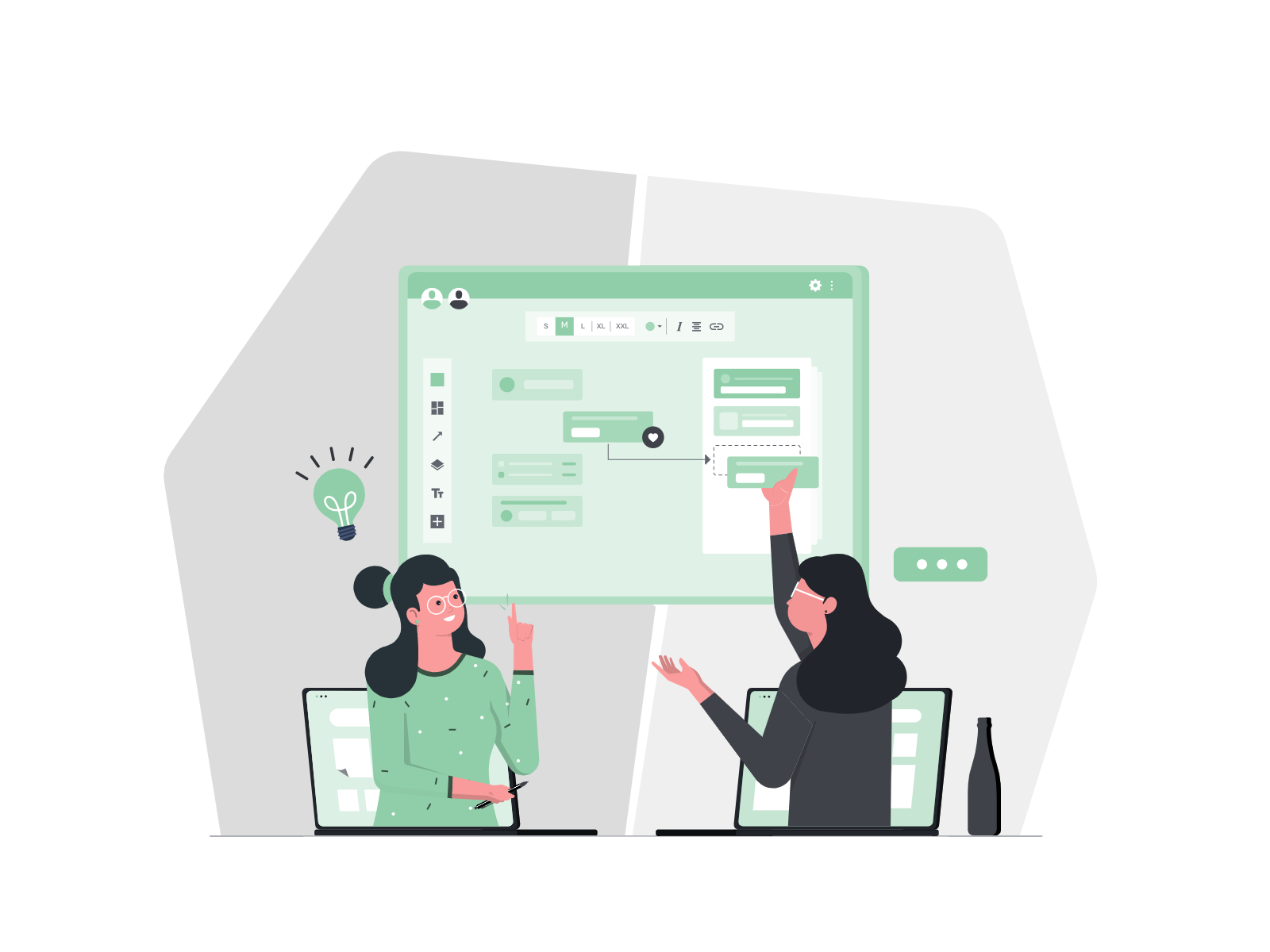DigiBUILD project
Project results

DigiBUILD user’s stories, data requirements & specifications through co-creation with stakeholders (WP1)
The DigiBUILD team launched the project with 6 months of extensive user engagement. User involvement is invaluable for gaining a better understanding of what the customer’s needs are, and to guide the technical development of services for smart, energy efficient buildings. DigiBUILD’s 10 demonstration pilots include 9 different customer groups, including potential clients and their end-users.
In interviews carried out with the pilot teams, 75 user stories were collected. A user story is a short, simple description of a feature told from the perspective of the person who desires a new capability, usually a user or customer of the system. It takes the form of:
As a <type of user>, I want to <perform a task> so that I can <achieve this goal>.
The advantage of user stories it allows the client to make ‘wishes’ which are not constrained by current thinking and technical feasibility. This brainstorming without limits is useful for identifying ‘blue sky’ ideas, and these user stories offered valuable ideas that were explored during the co-creation workshops.
10 co-creation workshops were held with each of the pilot teams between November 2022 and January 2023. These elucidated the user requirements (UR), i.e. detailed information and functionalities that the pilot teams were expecting from DigiBUILD. Subsequently the URs were translated into technical requirements, and the definition of 37 use cases (UC). The UCs identified, clarified and organized system requirements, and took account of user interactions with the system in order to meet their data and information requirements. More recently, updates have been made to the UCs to reflect changes in the pilot goals and a better understanding of the technical specifications. This also led to an update to the DigiBUILD architecture. These changes reflect that the co-creation process is never entirely complete, but rather continues throughout the project, albeit at a lower level. User feedback after the first hands-on service demonstrations is also expected to result in further tailoring of the DigiBUILD services.
In addition to engagement of potential clients, the team also interacted with tenants of the buildings (housing and office buildings) – as maintaining comfort is also an important aspect of implementing smart buildings. This was done by means of a comfort survey for tenants, office occupants, as well as building owners. Just under 70 responses were collated, with around 60% of these rating their personal view on energy efficiency and a reduced reliance on fossil fuels as important or very important. 80% of building owners that they wanted to reduce the energy consumption in their buildings and 40% that would like to balance the consumption with RES (such as photovoltaic panels). These survey outcomes strongly support DigiBUILD’s goals to enable smart buildings and/or renovations that promote energy efficiencies.
Towards a Data Space for building stock data: Federated & enriched Data Lake (WP2)
Work Package 2 (WP2) of DigiBUILD is one of the cores of the project in charge of the data management, in particular, the pilots’ data, persistent storage, transformations, enrichment and data sharing principles. In particular, the following main objectives within the WP2 are:
- Integrate data and metadata from multiple and heterogeneous data sources.
- Support the automated model- and quality-checking service to ensure the application data needs.
- Make data available through uniform interfaces to upstream analytics and computing tools.
During the first release of the project, completed in 2023, the following results have been achieved in order to comply with the aforementioned objectives:
- Notarisation algorithms that apply Proof of Existence (PoE) and Real Time Monitoring (RTM) Data Certification to secure and trustworthy framework so as to provide security and immutability of data. Details included in D2.1.
- Development of Extract, Transform, Load (ETL) modules to process heterogeneous stock data, coming from various sources and in diverse formats. Specific connectors have been implemented to interface the widely used data sources and industry-standard tools, including interfaces with existing Data Spaces and other external data repositories. Details may be looked at D2.2.
- First version of data quality checking methodologies and tools to ensure the reliability of gathered data, both static and dynamic, to reduce data uncertainty and error propagation. Details are available on D2.2 for dynamic data, while D2.3 for static.
- Release of the DigiBUILD ontology to apply standard Data Models to the data representation and storage with rich semantics and ontologies to assure semantic interoperability and facilitate data discovery. Details documented in D2.3.
Moving forward to the next releases of DigiBUILD, WP2 will include the automatic procedures for data extraction and population of the Data Warehouse (DWH). Moreover, the static and contextual information will be integrated in the data lake together with data synchronisation mechanisms to keep coherence between dynamic and static “worlds”. Finally, the combination of both datasets in form of data marts to produce data sharing principles through intelligent querying will be the final stage of the WP2 results.
Development of the DigiBUILD AI-based data-driven services for the built environment (WP3)
During 2023 DigiBUILD has significantly progressed in the development of advanced machine learning and deep learning models. These models are specifically designed for advanced monitoring, forecasting, and simulation of both energy and non-energy appliances in the built environment. Concurrently, the project partners are actively engaged in the further development of techniques aimed at enhancing building efficiency through the implementation of recommendation systems, easily integrated into the Digital Twin Platforms. At the same time, they proceeded with the rollout of a tool developed to evaluate the climate resilience of buildings.
Read the report on the ‘First Wave’ of DigiBUILD services here.
Digital Twins and cloud-based DigiBUILD data toolbox (WP4)
The term Digital Twin is commonly associated with the digital transformation of sectors in which a relevant technological revolution is envisioned to enable for example virtual product and process planning. In the context of DigiBUILD, the area of Digital Twin application is related to the buildings and smart energy networks focused on the following dimensions:
- better-informed planning of building infrastructure;
- designing future buildings and building processes;
- energy efficient buildings- and district-scale management & operation.
The first release of Digital Twin suites was delivered in July 2023. The deliverable report D4.1 Digital Twin Suite and cloud-based DigiBUILD data toolbox (Alpha version) provides all the insights about the main achievements with regards to the software artefacts. Indeed, the alpha version of Digital Twin suites consists of the development of key services (alpha version) like the Early Warning Engine and the simulation Engine, both belonging to the DT architecture defined in the project. Moreover D4.1 provides updated and refined specification of the DT suite and works as guideline for addressing the expected developments.
Read the report on the ‘Alpha version’ of the suite and toolbox here.
Demonstration of DigiBUILD in buildings across Europe (WP5)
The following list showcases the key achievements in Work Package 5 (WP5) by November 2023:
- Comprehensive Demonstration Strategy
- Key Performance Indicators (KPIs): Defined to encapsulate DigiBUILD’s impact, from economic benefits to user satisfaction.
- Measurement & Verification (M&V) Framework: A robust approach to assess the effectiveness of DigiBUILD solutions.
- Pilot Implementation and Assessment
- Baseline Assessment & Pilot Operation Plan: Established the initial status for each pilot, focusing on data quality, energy use, and sustainability.
- Pilot Audit and Setup: Evaluated existing systems and prepared for integration of new technologies.
- Personalization Procedures: Customized DigiBUILD services for each pilot, addressing the needs of both end-users and administrators.
- User Engagement and Dissemination
- Outreach and Training: Developed strategies to enhance understanding and adoption of new technologies among stakeholders.
- Evaluation of System and Impact
- System Efficiency Analysis: In-depth evaluation of data quality and multi-party data exchange.
- Pre-Pilot Phase Insights: Assessed early achievements and established methodologies for impact evaluation. See relevant report D5.3.
- DigiBUILD Ecosystem Impact: A thorough analysis of the ecosystem’s influence on the construction industry.
- Future Directions
- Commitment to User-Centric Development: Emphasizing user engagement and aligning innovations with user needs for a sustainable and forward-thinking construction sector. The validation conducted during the pre-pilot phase has defined all the necessary steps for the real implementation of services in the full pilot operation phase. This progression ensures a seamless transition and practical application of DigiBUILD innovations, setting the stage for transformative impacts in the construction industry.
These milestones underscore DigiBUILD’s role in advancing building performance and enhancing user experiences, marking a new era in the construction industry.

